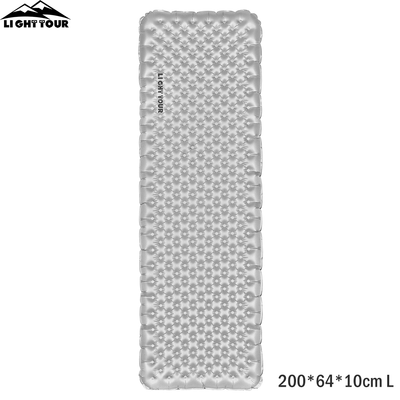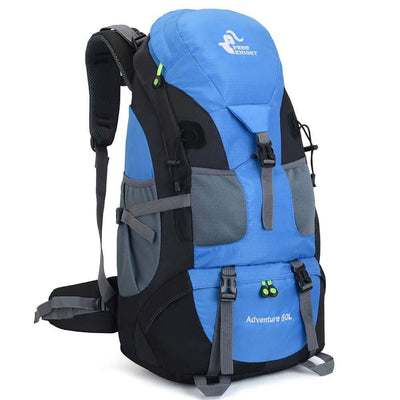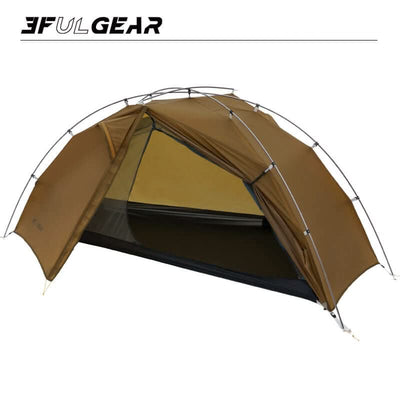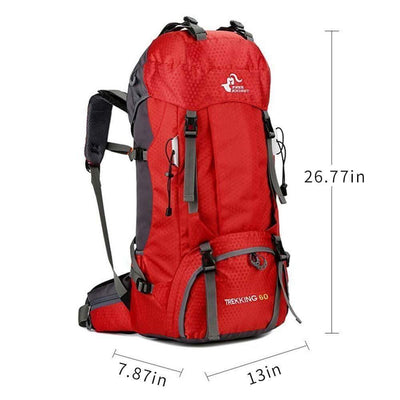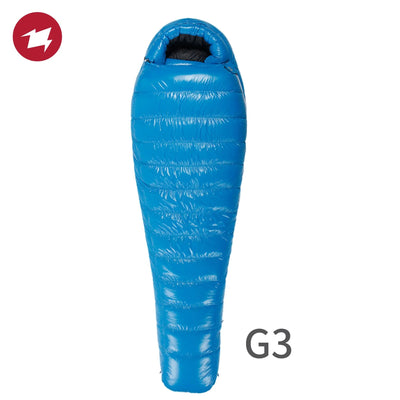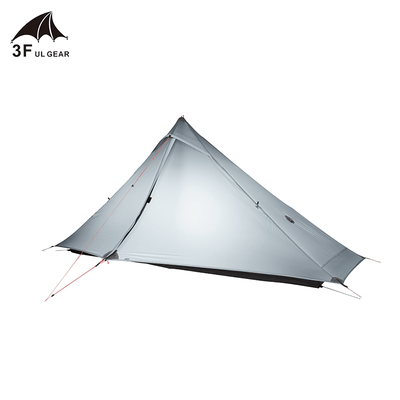A tent is still the home of choice for some nomadic peoples, but most people use tents and camping to access and spend time in nature or affordable holiday accommodation. You can pitch at a location to suit you in places off the beaten track or in the heart of a busy temporary town at a festival.
The size and shape of the tent you buy depend on its expected use – a family holiday home for six people is different from a speedy shelter for the intrepid backpacker traveling in the mountains. A fair-weather camper needs a different standard to a winter trekker. Whatever you need or want from your camping activities, there is a shape and style of tent that not only meets your needs and gives you a dry place to lay your head.
Tent Shapes
Traditional tents and modern tent shapes have their origin in the human approach to working out how to provide a shelter using poles and fabric. If you give children some bedsheets, string, and bamboo poles, they will rapidly create almost all the basic tent shapes. Modern materials give us lightweight, flexible poles and waterproof nylon fabric, but the principles and forms of tent design are logical ways of creating a living space.
The common tent shapes are:
· Pyramid – a central pole and straightforward design.
· A-line or ridge tent – looks like a pitched roof.
· Cabin – a larger frame and a traditional house shape
· Dome – like a snow igloo or hill in shape.
· Geodesic – a more stable dome shape.
· Tunnel – a rounded shape with plenty of room.
From these common tent shapes, you get more elaborate styles. Adding in more poles and using techniques like flexible poles and springs allows a pop-up design that is self-erecting. An inflatable tent uses air to provide rigidity instead of rods. Both these innovations give a tent that is quick to put up and down with one person and minimal effort.
All tents involve a frame to support a fabric that keeps out the rain, wind, and sun. All the other details are minor adjustments to provide more comfort and style.


